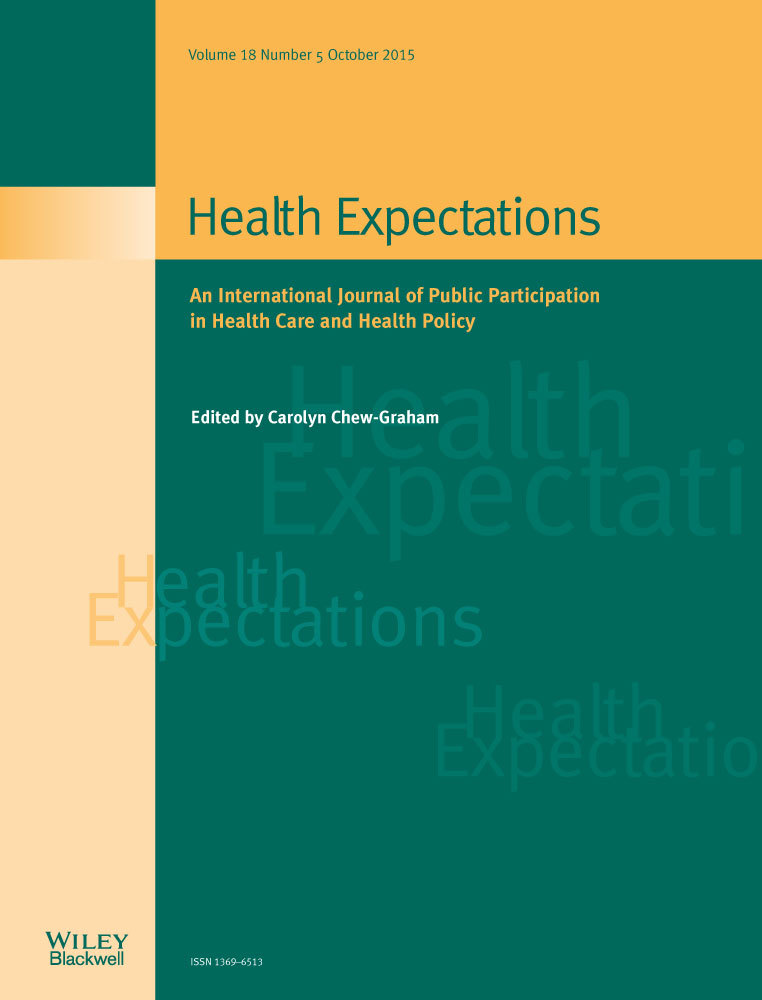The use of haematopoietic stem cell transplantation in Fanconi anaemia patients: a survey of decision making among families in the US and Canada
Abstract
Background
Fanconi anaemia (FA) is a rare genetic disorder associated with bone marrow failure (BMF), congenital anomalies and cancer susceptibility. Stem cell transplantation (SCT) offers a potential cure for BMF or leukaemia, but incurs substantial risks. Little is known about factors influencing SCT decision making.
Objective
The study objective was to explore factors influencing patients' with FA and family members' decision making about SCT.
Design
Using a mixed-methods exploratory design, we surveyed US and Canadian patients with FA and family members who were offered SCT.
Main variables studied
Closed-ended survey items measured respondents' beliefs about the necessity, risks and concerns regarding SCT; multivariable logistic regression was used to examine the association between these factors and the decision to undergo SCT. Open-ended survey items measured respondents' perceptions of factors important to the SCT decision; qualitative analysis was used to identify emergent themes.
Results
The decision to undergo SCT was significantly associated with greater perceived necessity (OR = 2.81, P = 0.004) and lower concern about harms of SCT (OR = 0.31, P = 0.03). Qualitative analysis revealed a perceived lack of choice among respondents regarding the use of SCT, which was related to physician influence and respondent concerns about patients' quality of life.
Conclusions
Overall, study results emphasize the importance of the delicate interplay between provider recommendation of a medical procedure and patient/parental perceptions and decision making. Findings can help providers understand the need to acknowledge family members' perceptions of SCT decision making and offer a comprehensive discussion of the necessity, risks, benefits and potential outcomes.




